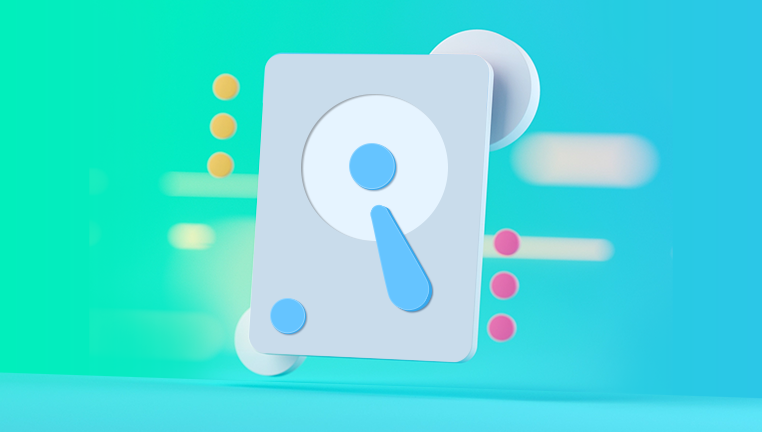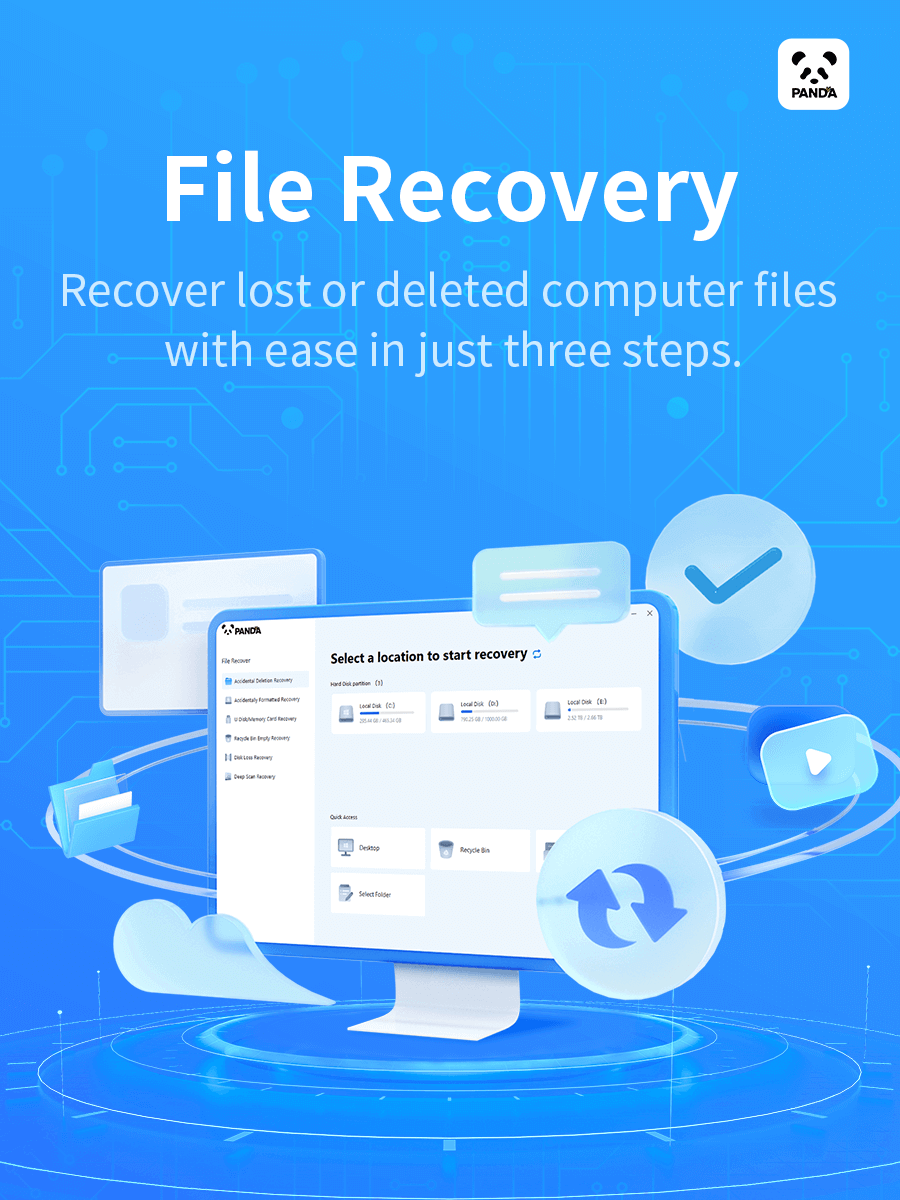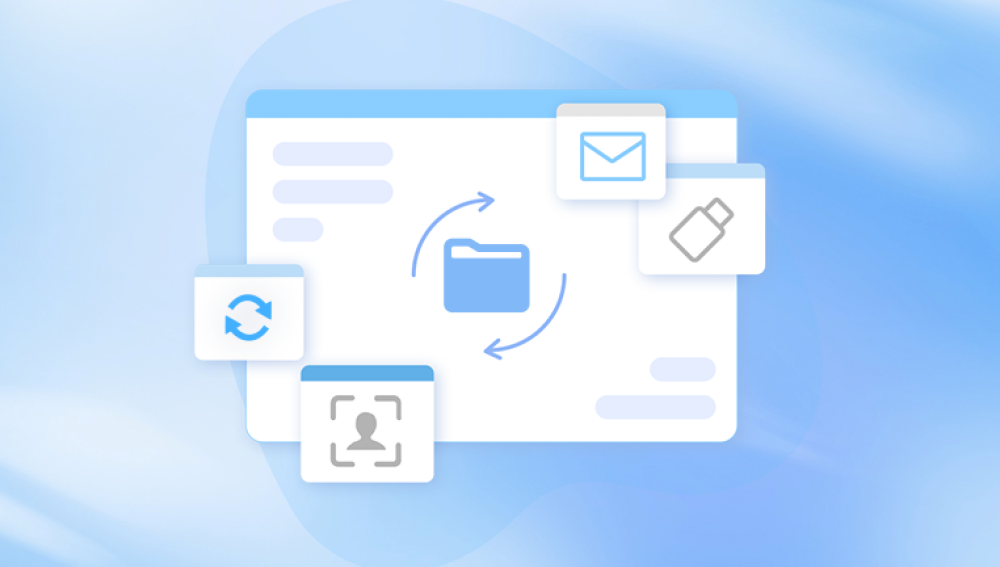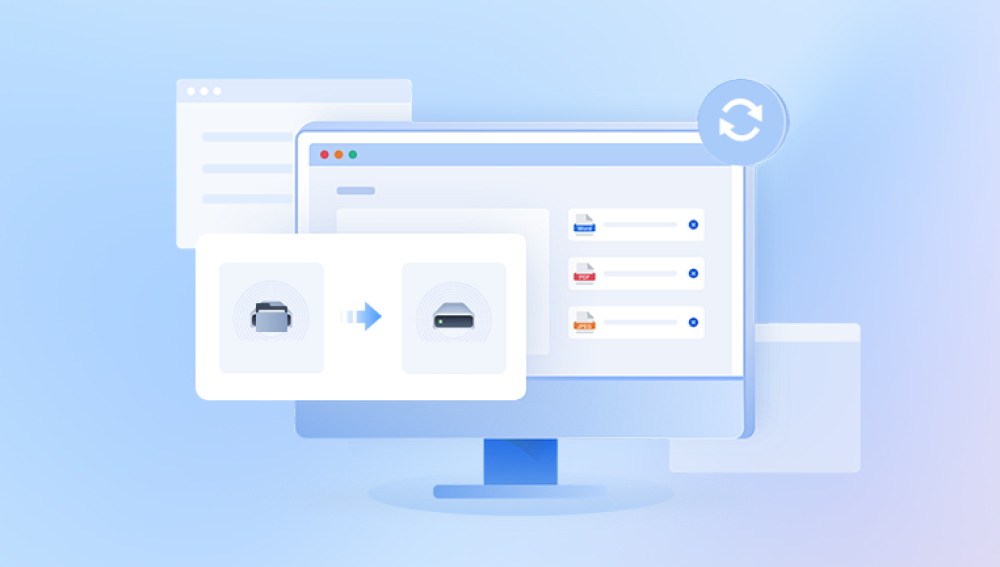One of the most frustrating problems that Windows 10 users encounter is when a hard drive fails to show up in the list disk or Disk Management utility. The issue can manifest as an unresponsive or invisible hard drive, which may prevent you from accessing important files or performing necessary tasks like formatting or partitioning. The reasons behind this problem can be diverse and may range from a simple configuration issue to a more serious hardware failure.
When this occurs, you may notice that the hard drive does not show up in the Disk Management utility or File Explorer. In such cases, you can use the list disk command in Diskpart to try and identify the problem. The command lists all the disks connected to your computer, but if the hard drive is missing from the list, it could indicate several underlying issues, including a connection problem, an issue with the driver, or even a corruption in the drive itself.

1. Check Physical Connections
The first step in diagnosing why your hard drive isn't showing up is to ensure that the physical connections are properly set. Many times, the issue can be as simple as a loose cable or an improperly connected external hard drive.
a) Internal Hard Drive
If the hard drive is internal, check the following:
Ensure that the SATA or IDE cables connecting the drive to the motherboard are securely plugged in.
If you have a desktop PC, try connecting the drive to a different SATA port or using a different SATA cable.
Verify that the power cable for the hard drive is firmly connected.
b) External Hard Drive
If you're using an external hard drive, make sure that:
The USB cable is properly connected to both the external hard drive and your PC.
Try connecting the hard drive to a different USB port to rule out issues with the port.
If possible, try using a different USB cable, as faulty cables are a common cause of connection issues.
c) Power Supply
For external drives with external power adapters (e.g., 3.5-inch external hard drives), ensure that the power supply is working properly. If the drive is not receiving enough power, it may not show up in the list disk.
2. Use Disk Management to Check Disk Status
If your hard drive is still not showing up, the next step is to use the Disk Management tool in Windows 10 to check the disk's status.
a) Open Disk Management
Press Windows + X to open the quick access menu.
Select Disk Management from the list.
b) Check the Status of the Disk
In the Disk Management window, look for your hard drive. If it's listed but not showing as online, there could be several reasons:
The disk might be offline or in a raw state.
The disk might be unallocated or have no partitions.
The disk could have a dynamic or GPT partition style that’s not compatible with older versions of Windows.
c) Bring the Disk Online
If the disk is showing as Offline:
Right-click the disk (Disk 1. Disk 2. etc.).
Select Online to bring the disk back online.
d) Initialize the Disk
If the disk is not initialized (shows as Unknown or Not Initialized), right-click and select Initialize Disk. You will need to choose between MBR (Master Boot Record) or GPT (GUID Partition Table) partition styles.
3. Run Diskpart to List Disks
Diskpart is a command-line utility that allows you to manage disks, partitions, and volumes on your system. If the hard drive isn't showing up in Disk Management, you can use Diskpart to see if it’s listed there.
a) Open Command Prompt with Admin Privileges
Type cmd in the Start menu search bar.
Right-click Command Prompt and select Run as administrator.
b) Use the List Disk Command
In the Command Prompt, type the following command and press Enter:
nginx
diskpart
Once Diskpart loads, type the following command to list all disks connected to your system:
nginx
list disk
If your disk appears in the list, note the disk number (e.g., Disk 1. Disk 2).
c) Select the Disk
If the disk is listed but not showing up in Disk Management or File Explorer, select the disk in Diskpart:
bash
select disk 1
(Replace "1" with the appropriate disk number.)
You can now use additional Diskpart commands like clean, format, or assign to fix any issues with the disk.
4. Update or Reinstall Disk Drivers
Outdated or corrupted disk drivers can cause issues with your hard drive not showing up in Windows 10. To check and update your drivers:
a) Update the Driver
Press Windows + X and select Device Manager.
Expand the Disk Drives section to see all the connected disks.
Right-click your hard drive and select Update driver.
Choose Search automatically for updated driver software.
If Windows finds a new driver, it will automatically install it. Restart your computer and check if the drive is now visible.
b) Reinstall the Driver
If updating the driver doesn’t work, you can try reinstalling it:
Right-click the disk under Device Manager.
Select Uninstall device.
Restart your PC. Windows should automatically reinstall the required drivers upon boot.
5. Check for Windows 10 Updates
Sometimes, the issue might be related to a bug in the Windows 10 operating system. Keeping your system up-to-date is essential to avoid problems like this.
a) Install Pending Updates
Open Settings by pressing Windows + I.
Go to Update & Security.
Select Check for updates and install any available updates.
Restart your computer and check if the hard drive appears.
6. Check for File System Errors
File system errors or corruption can prevent Windows from recognizing a hard drive. Running a disk check can help identify and repair these errors.
a) Run CHKDSK
Open Command Prompt as administrator.
Type the following command and press Enter:
bash
chkdsk /f /r X:
Replace "X:" with the drive letter of the problematic disk (e.g., D:, E:, etc.).
CHKDSK will scan and repair the file system. If the drive is visible in File Explorer after the scan, it should now be accessible.
7. Check BIOS/UEFI Settings
If none of the previous steps resolved the issue, it’s possible that the BIOS/UEFI settings are causing the hard drive to be invisible to Windows. To check this:
a) Access BIOS/UEFI
Restart your computer and press the BIOS key (usually F2. F12. or Del) during startup.
Look for any settings related to SATA configuration, USB Legacy Support, or AHCI/IDE mode.
Make sure the settings are correctly configured for your hard drive.
b) Reset BIOS/UEFI to Default
If you’re unsure of the settings, you can reset the BIOS/UEFI to its default settings and check if the disk becomes visible after rebooting.
8. Test the Hard Drive on Another Computer
If you’ve tried all the above solutions and the drive still isn’t showing up, there may be an issue with the hard drive itself. Test the drive on another computer to see if it appears there. If the drive still doesn’t show up, the drive might be physically damaged and may need to be replaced.
9. Use a Data Recovery Tool
If the hard drive is still not appearing and contains important data, using a data recovery tool could help retrieve your files before further troubleshooting. Tools like EaseUS Data Recovery, Recuva, or Drecov Data Recovery may help you recover data from an inaccessible or unresponsive drive.
A hard drive not showing up in Windows 10 can be a frustrating problem, but there are several ways to troubleshoot and resolve the issue. From checking physical connections and updating drivers to using Diskpart or testing the drive on another computer, each step is designed to narrow down the cause of the problem. If all else fails, using a data recovery tool or seeking professional help might be necessary to recover important files.




